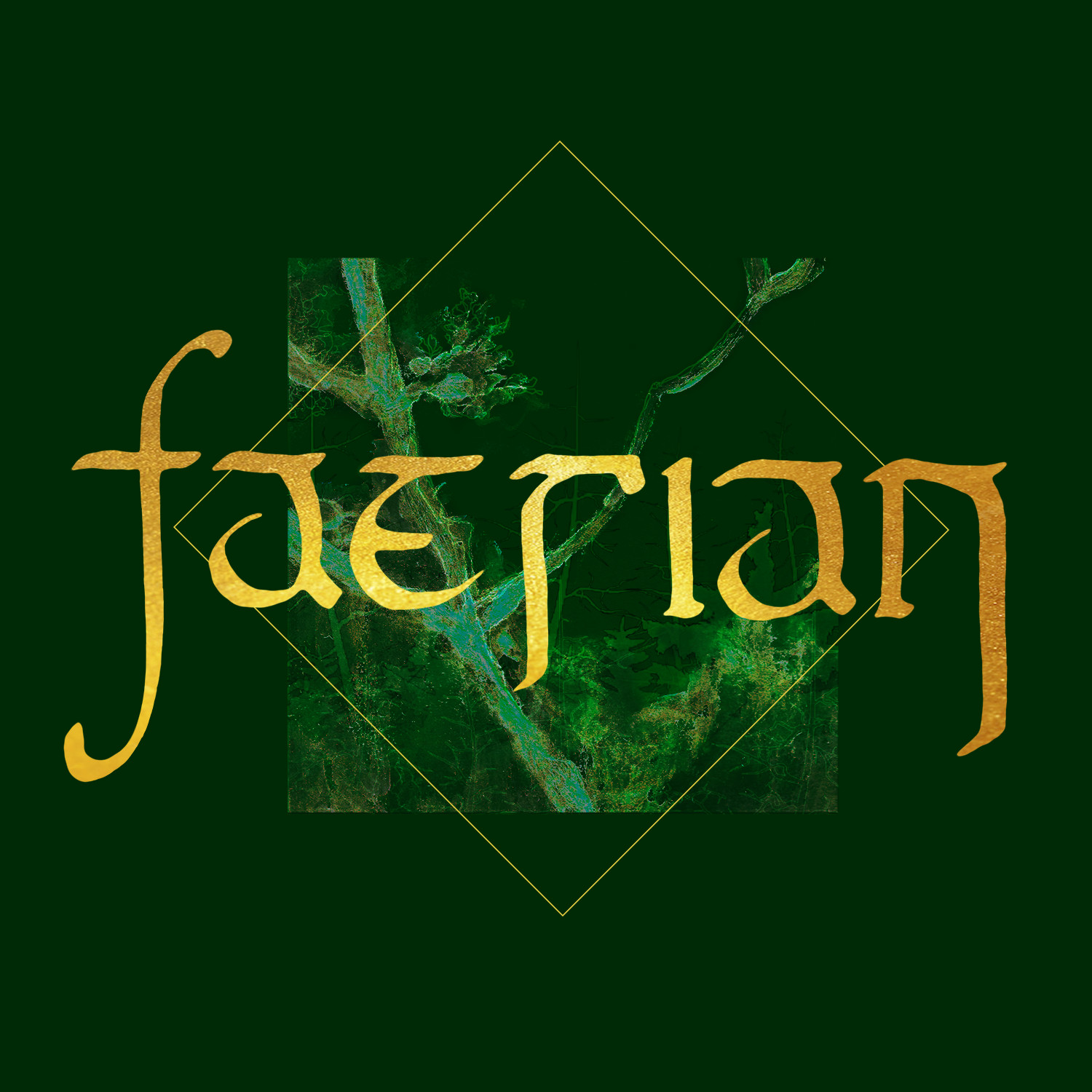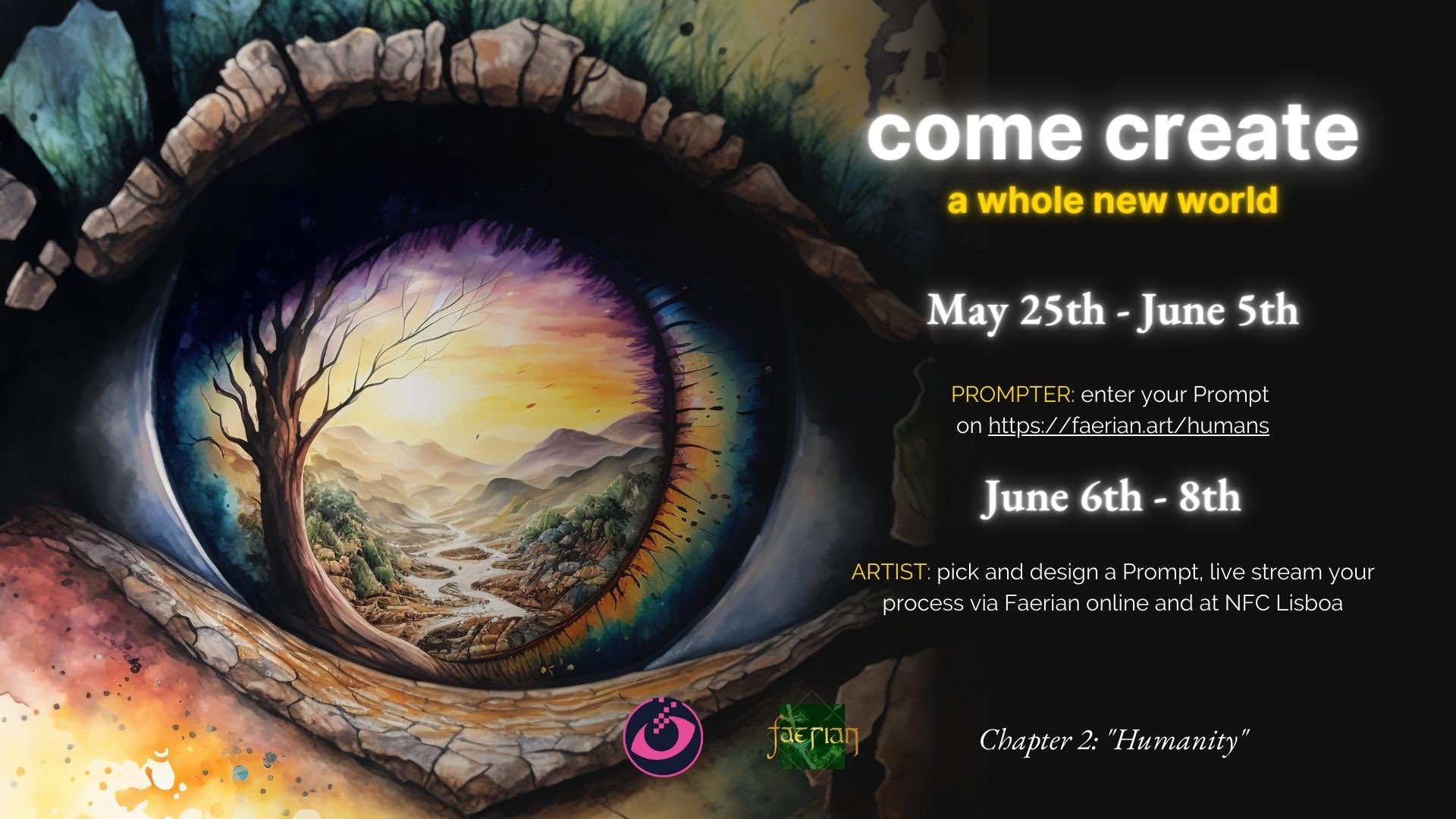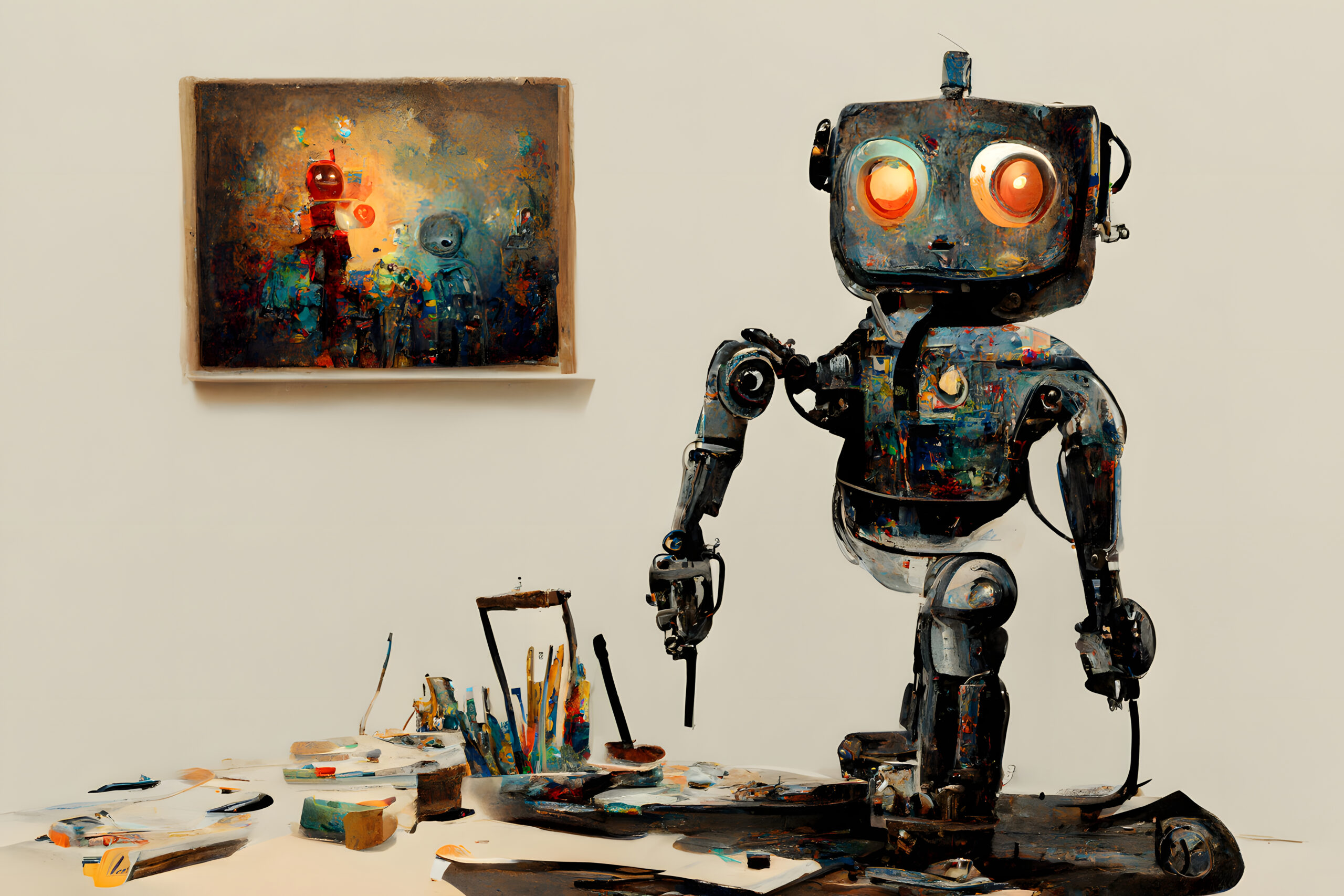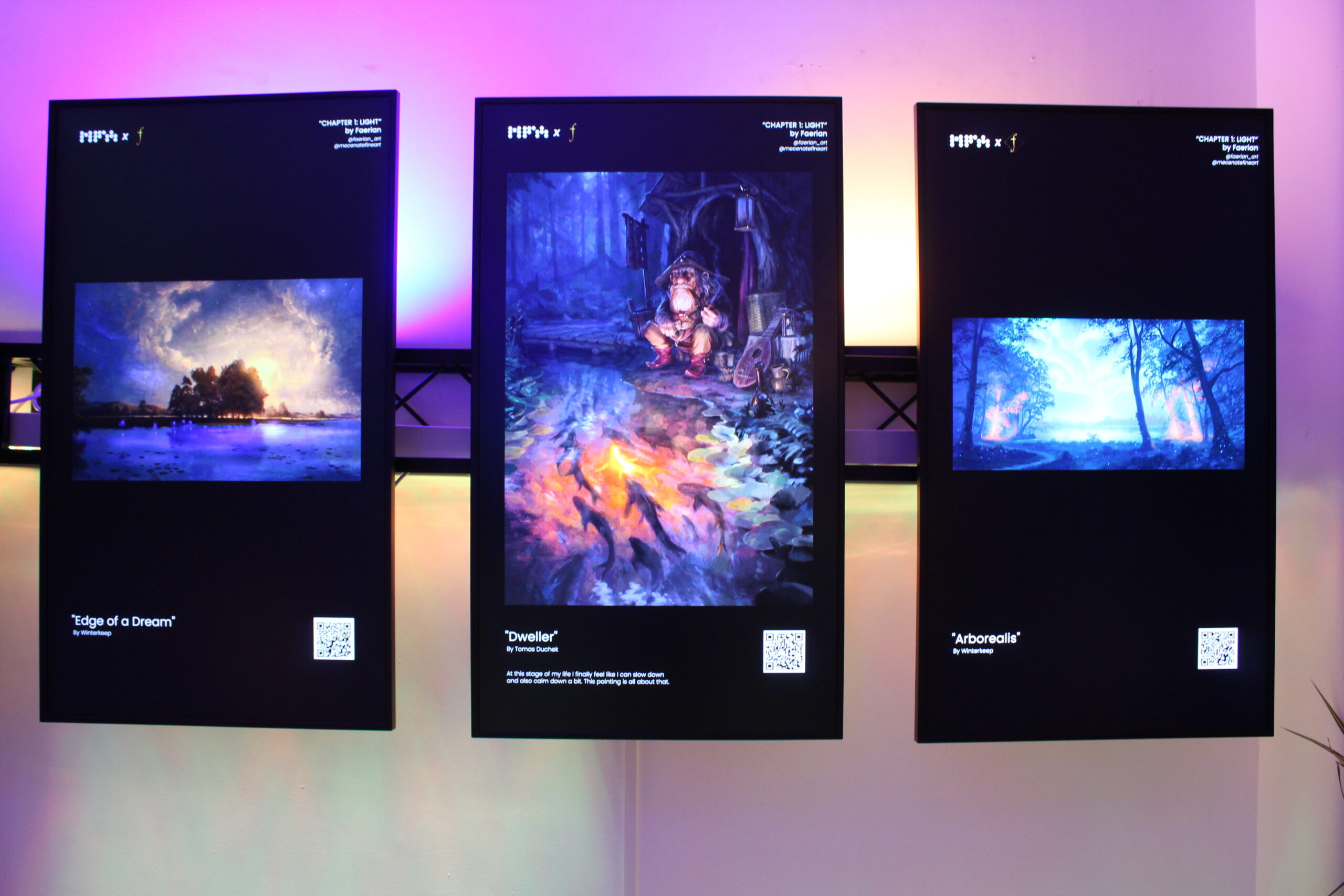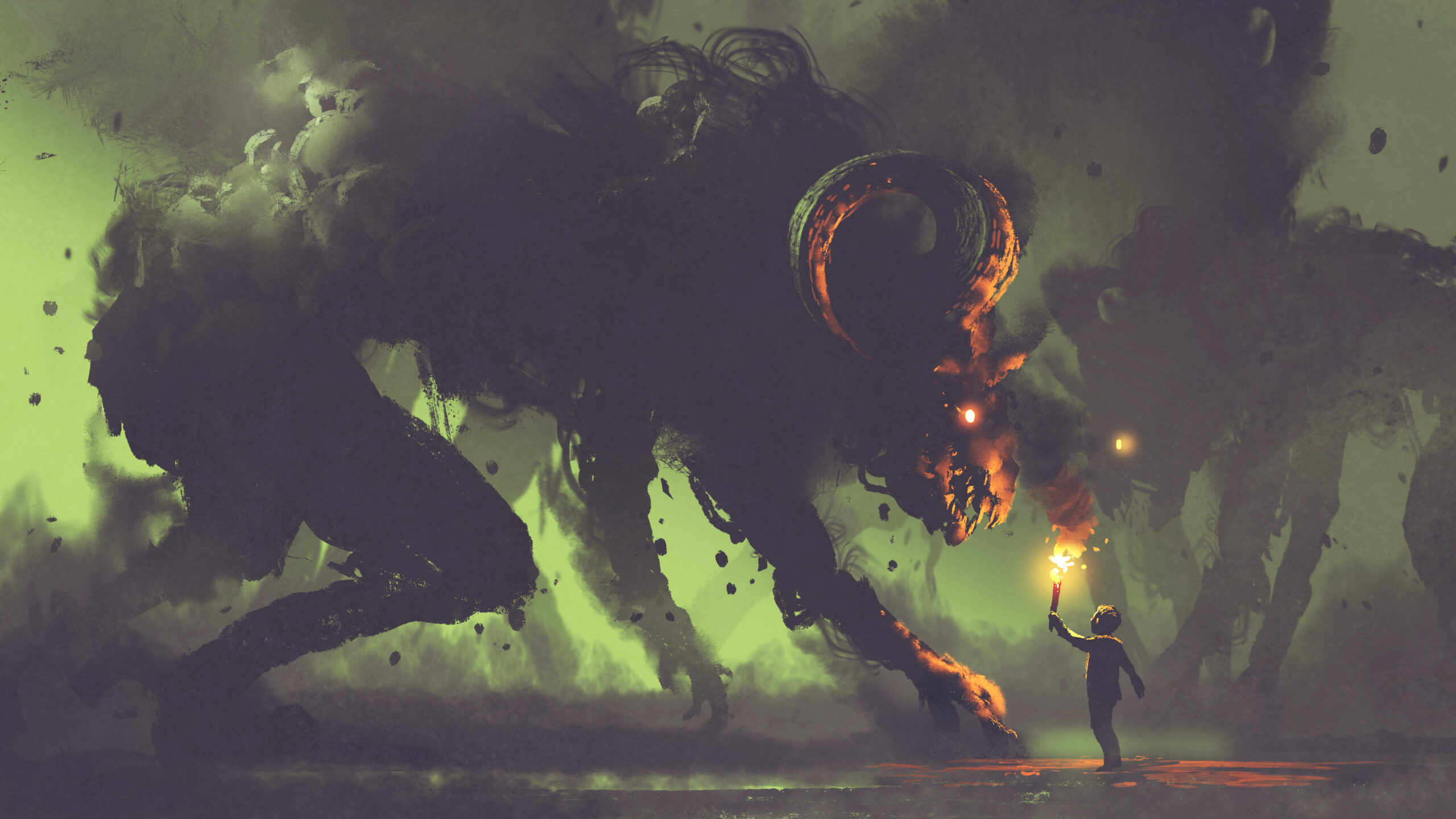
The Vindication of the Monster: From Tolkien to The Witcher
Summary: What is really a monster? How did modern culture influence our perception of it? Is there always light in darkness?
Article available on Medium
“Kids these days. They just don’t get scared like they used to.”
Henry J. Waternoose (Monster, Inc. 2001)
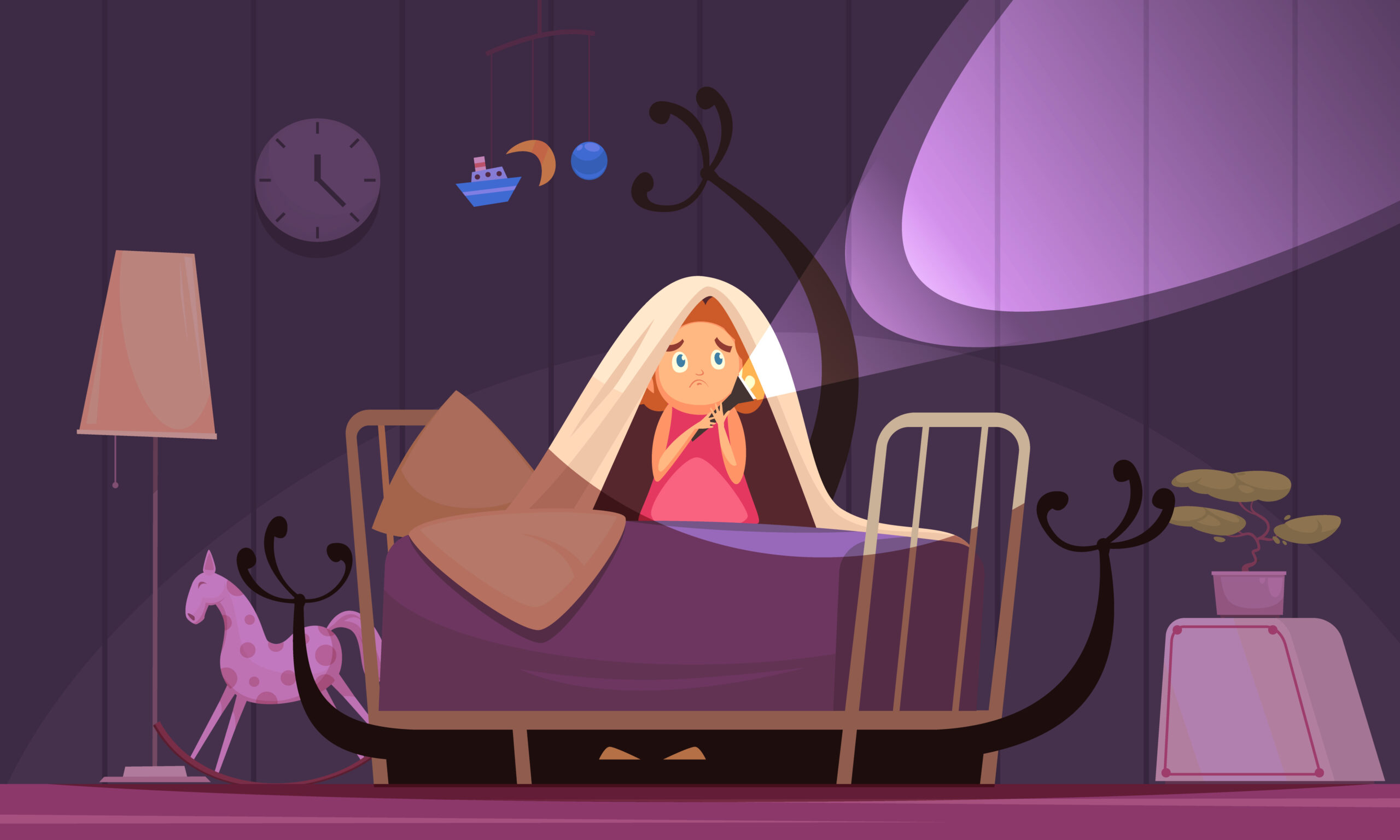
When you’re scared of monsters…
We can distinguish between what is real and what is imagined when we are very young. Yet, interestingly, we never seem to be able to dismiss the possibility of monsters. Grotesque, unsettling, and unnatural creatures have long been used as symbols of evil, and the great J. R. R. Tolkien perpetuated this tradition. Now, thanks to works of fiction like The Witcher, we are seeing a shift in the roles that these imaginary beings play in our cultures, prompting us to wonder, “What, or better yet, who, is the monster?” once more.
But how did monsters ever become part of our world?
And Thus the Monster was Born…
The very first monster we know existed was the Lion Man, depicted 40.000 years ago in a small ivory figurine prehistoric shaman likely used in his communion with the unseen and terrible forces. Hybrid composites of human and animals like the Chimera, Harpy or Centaur were the first ideas we had of monsters that spread all over the world during the Bronze Age. It was in ancient Greece and Rome where the image of the monster as something dangerously different than the human was formed in society.
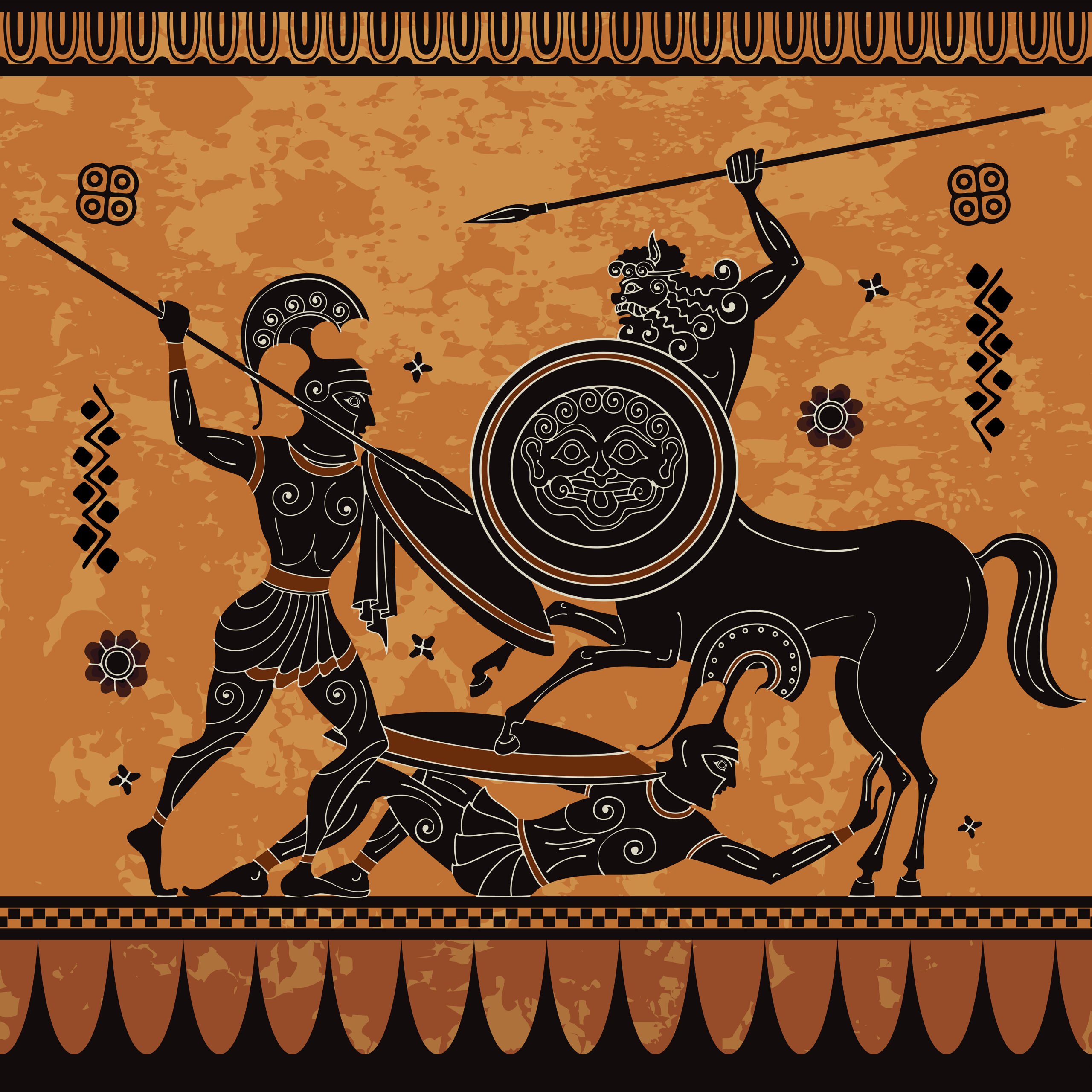
Monsters in the Greek mythology
Monsters in Society
The etymological meaning of the word “monster” is “warning”. People from all around the world projected their fears onto these creatures – fears frequently turned against other people. Through history we’ve labelled monstrous those who deviated from the norm. Just as the social issues they embody, monsters never seem to completely disappear and new ones are constantly being born. Monsters now represent our fears about the rapid advancement of technology and its hold on us, as well as our desire to push the limits of reality.

Frankenstein with a VR headset: which one is the monster?
But the most significant role monsters have played in our cultures is exposing us to the darkest aspects of both nature and humanity. We can see this special position of the monster in the never-ending war between good and evil in the best works of fantasy, including the writings of the genre’s father, J. R. R. Tolkien.
Tolkien, Monsters and the Raging Battle Between Good and Evil
The universe Tolkien created in The Lord of the Rings, The Hobbit and The Silmarillion functions in a very specific Christian context and so do its monsters. He crafted a universe in which he could address universal moral issues and express his own faith. For Tolkien the role of fantasy is to provide recovery and consolation in the face of darkest night, which he certainly had after the death of both parents and loss of his home by the age of 12. In turn, the horrors of the Second World War had a great impact on Tolkien’s representation of dark forces and the evil kingdom of Mordor. For him there must always be a glimpse of joy in darkness and sorrow and a hero who will persevere in the endless struggle against evil. In his famous study and translation of the 9th century epic poem Beowulf published posthumously by his son Christopher in 2014, he writes that the greatest strength of this masterpiece is the dragon as a representation of radical evil men can never hope to achieve complete victory over.
Alas, it seems Tolkien’s work hasn’t been able to resist the new vision of the monster brought to us by contemporary culture. The Rings of Power Amazon Prime TV show, much to the displeasure of the fans, clearly shows the plights of the orcs as they yearn for their own home, only to be exploited as puppets in Sauron’s master plan. If not the representative of evil and moral corruption, who is the monster today?

“Gothmog at the Storming of Gondolin” by Tom Loback
In Today’s Popular Culture, who is the Monster?
The Witcher has perhaps given the new monster a more prominent place than any other work of popular culture. In both the original Andrzej Sapkowski’s novels, video games by CD Project team and Netflix’s adaptation now starring Liam Hemswart – the tale of The Witcher revolves around the difficulties of defining evil. Like Ryan Guerra said in his great piece about Witcher’s monsters: the real monsters are not only those who are labelled as such – monsters show their true faces only when “we” are patient enough to figure out their story. We now know that this classification is determined by the judge (and executioner’s) worldviews and place in society. But even more significantly, Geralt’s exploits demonstrate that the question is not what a monster is, but who they are?
Consider the exquisite picture of evil in George R. R. Martin’s Game of Thrones world – a series in which the supernatural realm of giants, dragons and the undead is simply backdrop for the political war of the actual monsters – mankind. Even if our species has yet to face the ultimate horror (and maybe even redemption) in Martin’s long, harsh winter.
“Monster Hunter” by Imad Awan (2022)
Jim Jarmusch’s excellent 2013 fantasy-drama Only Lovers Left Alive tells a story of vampire lovers who with their centuries of experience live superior life of art, culture, love and friendship, yet are forced to dwell and depend on corrupt humans who they call “zombies” – for we are the ones who live monstrous lives. In today’s tale of the monster’s absolution, the vampire has played a larger role than any other creature.
That Irresistible and Sexy Vampire Neighbour
The 2008 award-winning show, True Blood starring Anna Paquin as Sookie Stackhouse shows the protagonist choosing her vampire sweetheart precisely because he was different, bringing us an unlikely story of emancipation of both women and minority figures. Stephenie Meyer’s Twilight Series makes the vampire the main protagonist in a fairy-tale romance. While the theme of sex has always been part of vampire stories, it is only since the 1980s that vampires are being cast as good guys and romantic heroes. Popular TV show, based on L. J. Smith’s books Vampire Diaries and subsequent spinoffs The Originals and Legaciesall tell the (extra)ordinary tale of everyday lives of vampires and other monsters, as if they were simply our next door neighbors.
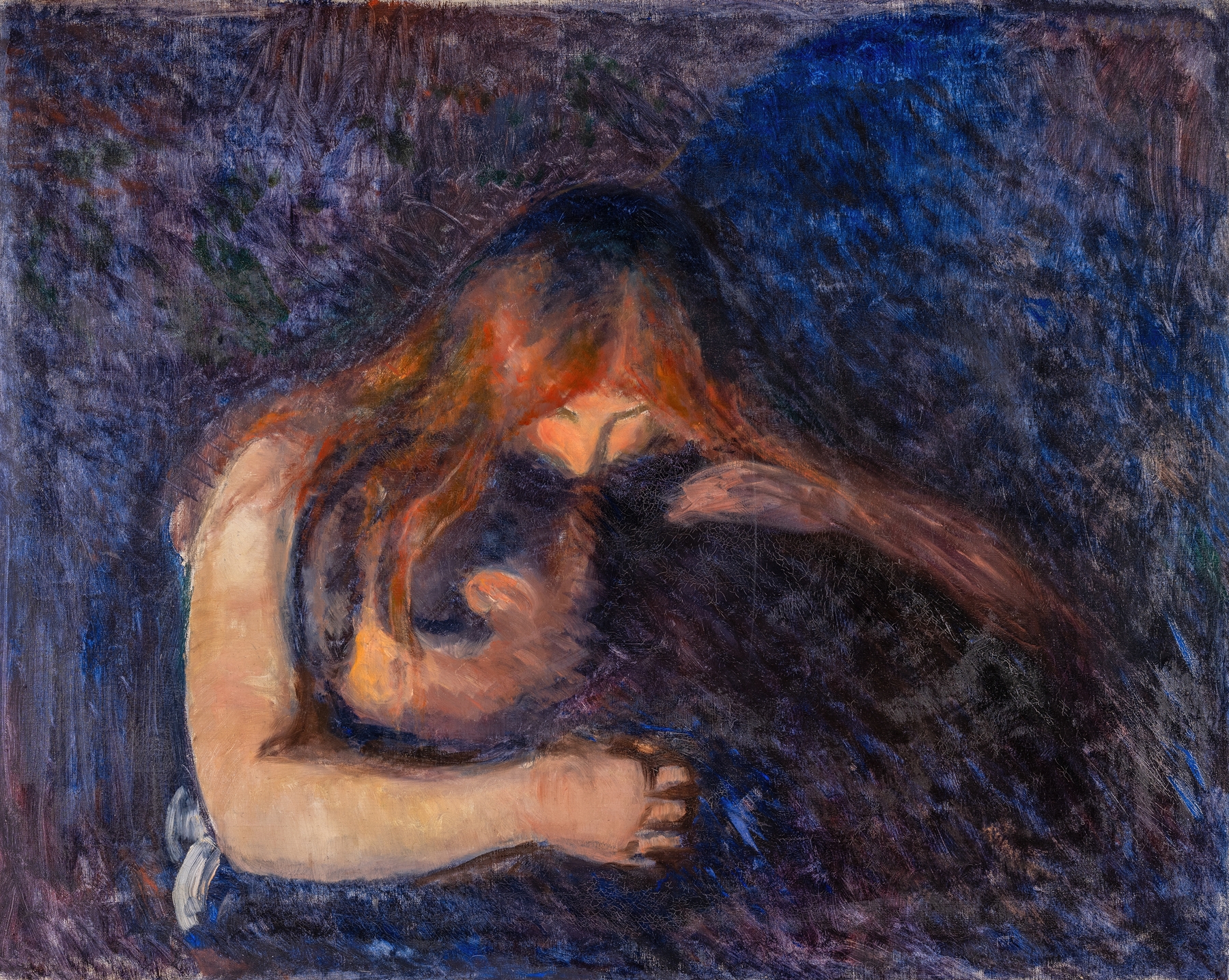
“The Vampire” by Edvard Munch Norwegian (1893)
Nina Auerbach – who extensively studied vampire lore, believed that each generation gets the vampire it needs. Count Dracula, the most celebrated vampire figure who came to us from the pen of Bram Stoker in Victorian England back then reflected the public’s fear of the Eastern (bloodthirsty) immigrants. Perhaps today the vampire represents our need to face our inner demons instead, moving us a step closer to a more complex understanding of good and evil – a vision some cultures have been nurturing more than others.
Maybe the Japanese got it Right: Studio Ghibli’s Story
Studio Ghibli’s movies from Hayao Miyazaki are a great example of the idea that there is no such clear line between good and evil. All Miyazaki’s characters, both “good” and “evil” go through growth and change, exhibit good and bad qualities. The story of each and every monster has always been the story about us – what it means to be human and how we interact with each other and the world around us. Miyazaki’s animated films such as Howl’s Moving Castle, Spirited Away and Princess Mononoke demonstrate that good and evil exist in us all, that in life there are no true heroes and villains.
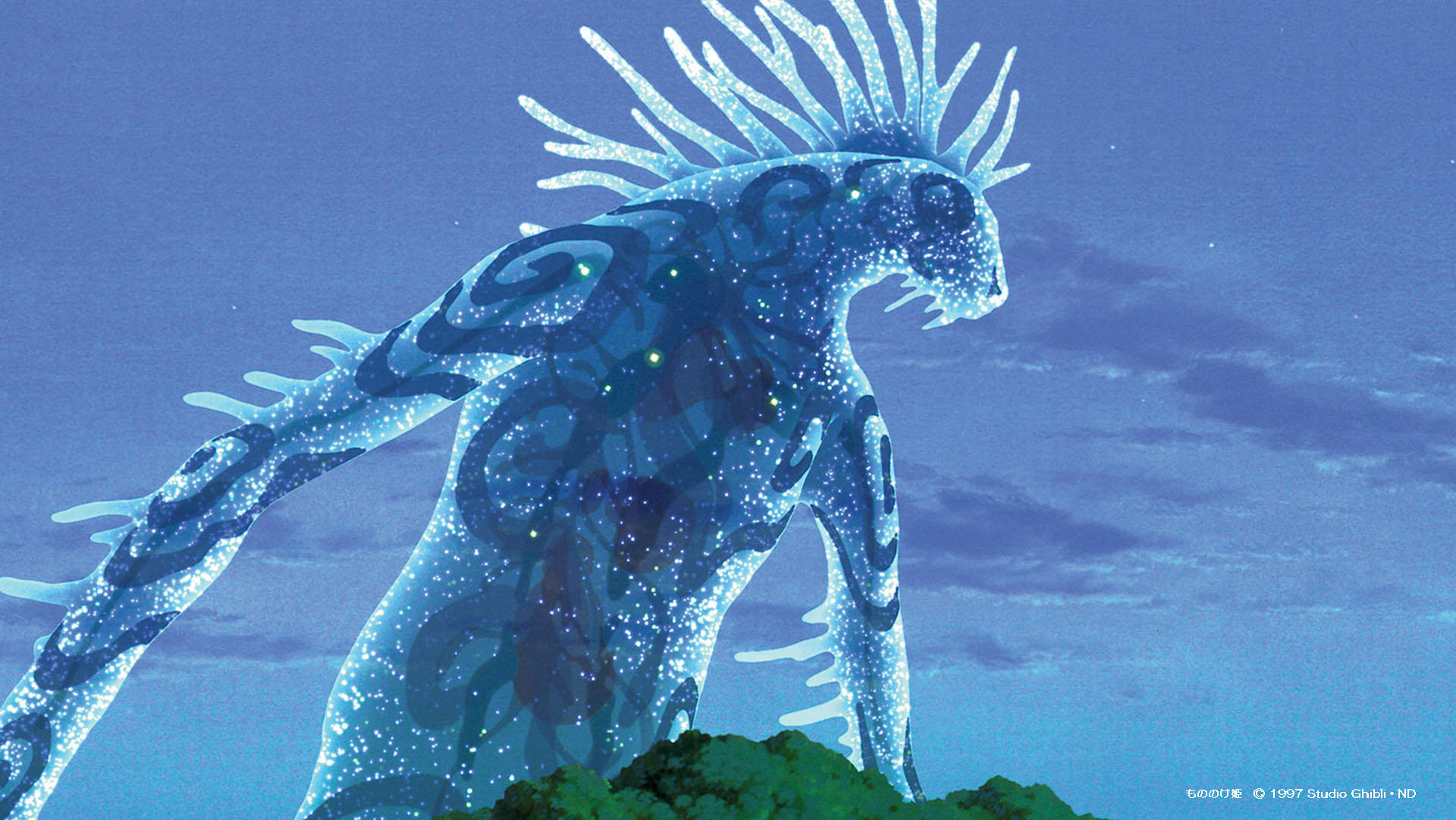
“Princess Mononoke” by Studio Ghibli
As Malcom South reminds us in his great book Mythical and Fabulous Creatures, when Alice met the Unicorn in Lewis Carol’s Through the Looking Glass the Unicorn said to Alice: “I always thought children were fabulous monsters,” to what Alice replied: “Do you know, I always thought Unicorns are fabulous monsters, too.”
It would seem we can achieve true vindication of the monster only after mastering our phobias, reconciling our conceptions of what is normal and what is “monstrous,” and righting the wrongs inflicted by the monsters within us all.
- AI Art is Here to Stay – Now What? - May 22, 2023
- Breaking the Chains: Women Conquering Fantasy Art World - March 6, 2023
- The Vindication of the Monster: From Tolkien to The Witcher - January 10, 2023
